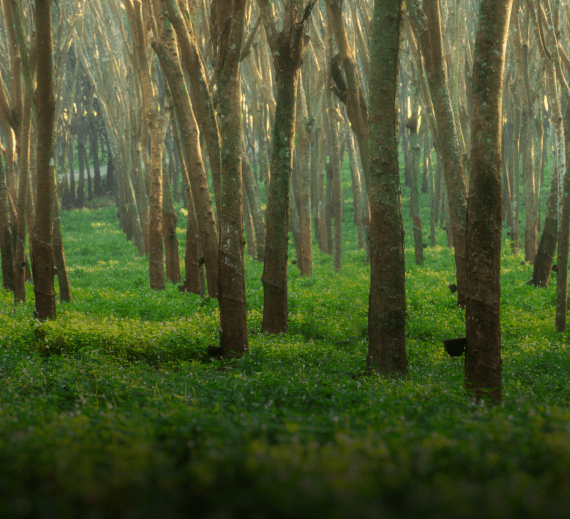Trade background: In 2024, China and five Central Asian countries, including Kazakhstan, will continue to deepen pragmatic economic and trade cooperation, with both quantity and quality of trade development improving. In the first five months of 2025, the trade volume of the five Central Asian countries reached 286.42 billion yuan (approximately 40 billion US dollars), a year-on-year increase of 10.4%, setting a new historical high for the same period. Among them, exports amounted to 1881.8 billion yuan (+5.6%), while imports amounted to 98.24 billion yuan (+21%). China has been the largest trading partner of the five Central Asian countries for several consecutive years, accounting for 46% of the total trade volume between China and Central Asia.
China's exports mainly consist of industrial manufactured goods, including machinery and equipment, electronic products (mobile phones, computers), new energy vehicles (such as Yutong buses), building materials, etc. In 2024, automobile exports to Kazakhstan will increase threefold, and electronic products will grow by 80%.
Central Asian exports: Energy (oil, natural gas) dominates, with significant growth in agricultural products. In the first five months of 2025, China imported agricultural products from Central Asia worth 4.36 billion yuan, an increase of 26.9%. Among them, Kazakhstan's flaxseed increased by 202.1%, Uzbekistan's raisins increased by 153.7%, and Kyrgyzstan's honey increased by 10.9 times.



Trade of Bulk Agricultural Products
Bulk agricultural products in Central Asia are currently the most concerned by domestic consumers, mainly including beef and mutton, poultry, grains, and forage.
Our company has now carried out stable import and export trade in Central Asia. The monthly import volume of beef reaches 50-70 containers, with a monthly value of about 65 million yuan; the monthly import of poultry is 20-30 containers, with a monthly value of about 24 million yuan.
At the end of 2025, we plan to start importing forage such as feed corn, oat grass, and alfalfa. Only in the southern Xinjiang region, the annual forage gap is no less than 2 million tons, with an annual value of 6 billion yuan.
At present, our company has signed an agreement with the Ministry of Agriculture of Kyrgyzstan, enabling us to fully import forage products from Kyrgyzstan through the Turugart Port.
Meanwhile, by virtue of the policy of low trade tax rates among Central Asian countries, we can better drive the import business of forage from neighboring countries.
In addition, in 2024, our company invested 300 million yuan in Almaty, the capital of Kazakhstan, to build a 160-mu food processing industrial park, which mainly processes ingredients from neighboring countries into deep-processed products and then sells them to the Chinese market.


